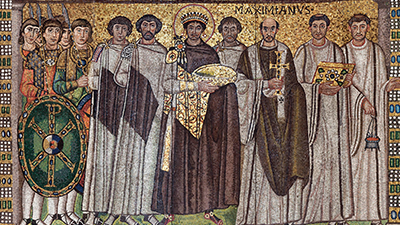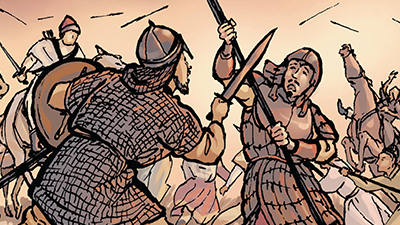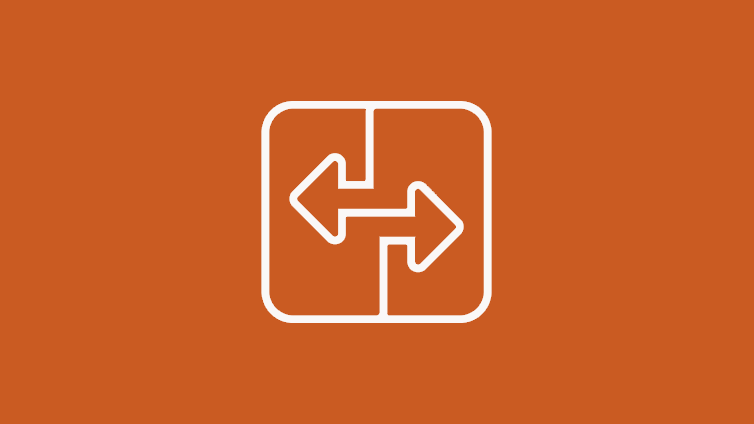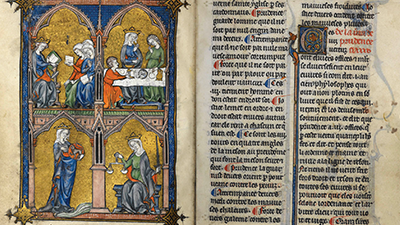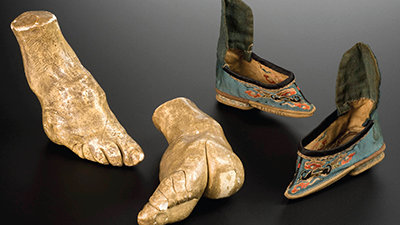Systems Restructure in Europe and China
Teacher Resources
Driving Question: How did communities in Europe and China restructure after the collapse of empires?
After the collapse of major empires, communities in Europe and China faced the challenge of rebuilding. Explore how different regions adapted, reorganized power, and created new systems of authority. By comparing responses in Europe and China, you’ll get a closer look at how societies navigated periods of disruption and change.
Learning Objectives:
- Evaluate whether East Asia experienced a “dark age” during this period.
- Analyze historical evidence to compare the process of societal restructuring in Europe and China.
- Use the historical thinking practice of sourcing to evaluate an imperial edict from a Chinese emperor.
Vocab Terms:
- dynasty
- famine
- feudal
- illiterate
- obligation
- reunification
- tribute
Opener: Systems Restructure in Europe and China
To teach this lesson step, refer to page 2 of the Lesson 5.4 Teaching Guide.
As you get ready to learn about how people recovered after collapse, this activity will help you put yourself in the shoes of someone from this period.
Europe
To teach this lesson step, refer to page 3 of the Lesson 5.4 Teaching Guide.
Use the Three-Step Reading Worksheet to help students unpack the articles!
After the fall of the Roman Empire, the eastern an western parts of Europe each chose different paths. In this activity, you’ll compare how they restructured.
-
Guiding Questions
-
Before you read
Preview the questions below, and then skim the article. Be sure to look at the section headings and any images.
While you read
Look for answers to these questions:
- What were the three successors of Rome?
- How did the eastern and western branches of the Christian Church differ in their beliefs and rituals?
- Why did the ban on religious icons stir up such a strong response from Byzantine communities?
- How did religious enthusiasm during this period endanger religious minorities in Christendom?
- What were the Crusades and how did they impact networks?
After you read
Respond to this question: How did Christianity help societies in these two places rebuild after the collapse of the Roman Empire?
China
To teach this lesson step, refer to page 5 of the Lesson 5.4 Teaching Guide.
There is a Three-Step Reading Guide for Graphic Biographies you can use to support students in reading this genre.
Check out the Sourcing Activities Placemat to find places in the courses to really work beyond just quick sourcing.
Discussion about the Dark Ages usually centers around Europe; however, China also experienced its own period of collapse between dynasties.
-
Guiding Questions
-
Before you read
Preview the questions below, and then skim the article. Be sure to look at the section headings and any images.
While you read
Look for answers to these questions:
- How did belief systems influence communities in China during this period?
- How did increased trade affect China?
- How did oceanic trade change under the Ming?
- What was agricultural production like under the Ming?
- Why did the Ming Dynasty decline?
After you read
Respond to this question: How is the story of collapse and restructuring different in China, compared to Europe?
-
Guiding Questions
-
Before you read
Preview the questions below, and then skim the comic, paying attention to things like prominent colors, shapes, and types of text and fonts. How do you know where to start and in which direction to read? What’s in the gutters (the space between panels)? Who or what is the focus of the comic?
While you read
Look for answers to these questions:
- Where was Du Huan born and how did he end up fighting in the battle of Talas/Talus?
- What happened to Du Huan and other captives after the battle?
- How does Du Huan describe production and distribution in Laobosa (probably Somalia)?
- How does Du Huan describe Molin, the province of Aksum he visited?
- How does the artist use art and design to give a sense of connection between these different places?
After you read
Respond to this question: How does this biography of Du Huan support, extend, or challenge what you have learned about networks and connections between regions in this period?
Closer: Systems Restructure in Europe and China
To teach this lesson step, refer to page 9 of the Lesson 5.4 Teaching Guide.
Check out the OER Project Writing Guide to learn more about our approach to informal writing.
Now that you’ve explored the paths of social restructuring, it’s time to return to the minds of people from this period, as you imagine how they perceived the changes around them.
Japanese Middle Ages
To teach this lesson step, refer to page 9 of the Lesson 5.4 Teaching Guide.
Japan had its own Middle Ages—full of samurai, shoguns, and war. Why do some historians call it Japan’s “dark age”?
-
Guiding Questions
-
Before you watch
Preview the questions below, and then review the transcript.
While you watch
Look for answers to these questions:
- Starting in the late twelfth century, how did power shift between classes?
- What new political system emerged around this time?
- Who held power under the shogunate or bakufu system?
- What are some similarities between the bakufu system in Japan and feudalism in Europe?
- What did guns have to do with Japanese reunification?
After you watch
Respond to these questions: Did Japan experience a “dark age” during this period? Did connections among communities in Japan increase or decrease?
Key Ideas
Medieval Women in Western Europe and China
To teach this lesson step, refer to page 10 of the Lesson 5.4 Teaching Guide.
Societal norms and prejudices shaped the lives of women in medieval Europe and China. Use these materials to compare the experiences of women in these two regions.
-
Guiding Questions
-
Before you read
Preview the questions below, and then skim the article. Be sure to look at the section headings and any images.
While you read
Look for answers to these questions:
- How did social status affect women’s roles in medieval Europe?
- How did the Biblical story of Adam and Eve affect women in this period?
- How did nuns’ lives change from the seventh century to the fourteenth century?
- Why did most Jewish women live in urban areas, and often in Jewish neighborhoods?
- How were Christian and Jewish women’s roles similar and different?
After you read
Respond to this question: What roles might women have played in rebuilding networks during this period?
-
Guiding Questions
-
Before you read
Preview the questions below, and then skim the article. Be sure to look at the section headings and any images.
While you read
Look for answers to these questions:
- How did writings such as those in the I Ching and philosophies like Confucianism influence women’s roles in Chinese society?
- What were some benefits to a woman and her family if she became a Buddhist nun?
- How were women’s roles dictated by their social status in Song Dynasty China? Provide an example for women’s roles in the upper, middle, and lower classes of society.
- What is foot binding and how was this used as an indicator of social status in Song Dynasty China?
- Why do we know more about elite women than we do about those in the lower classes, such as those who farmed?
After you read
Respond to this question: How did the role of women in Song China differ from other regions you’ve studied?


